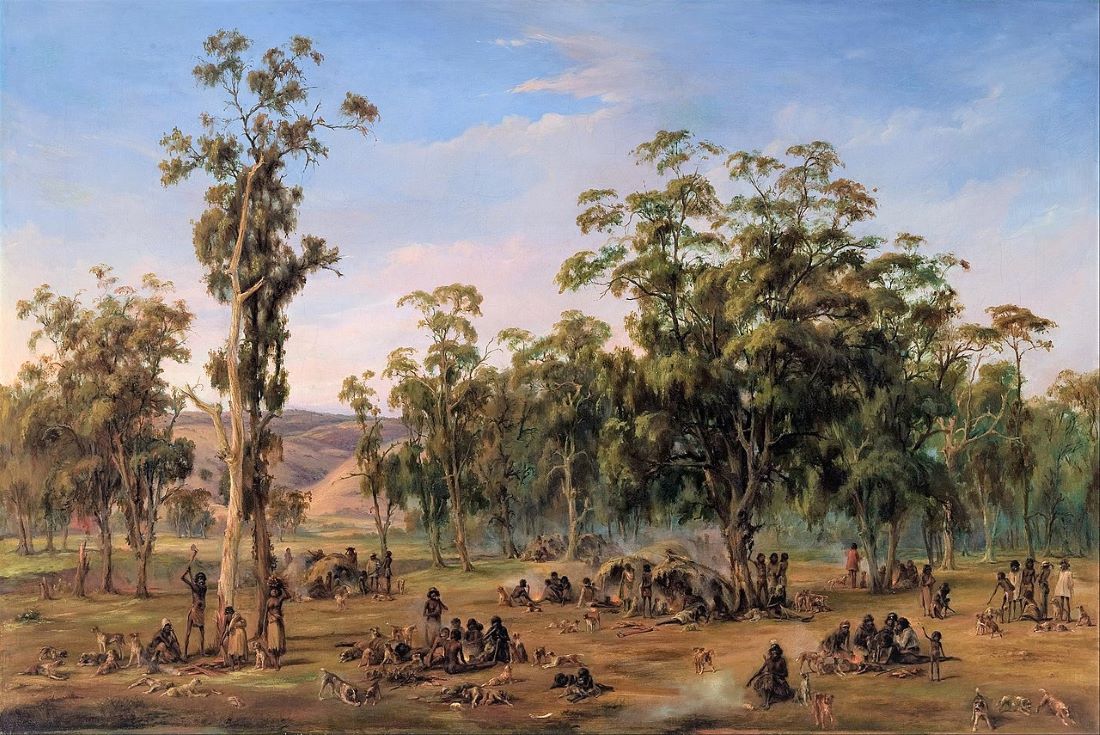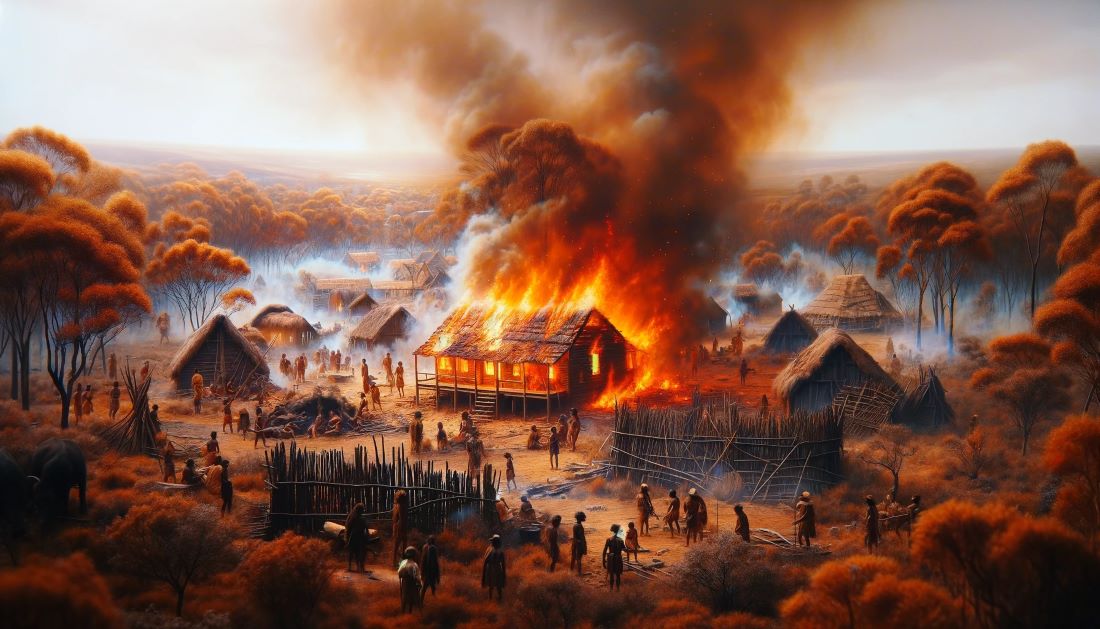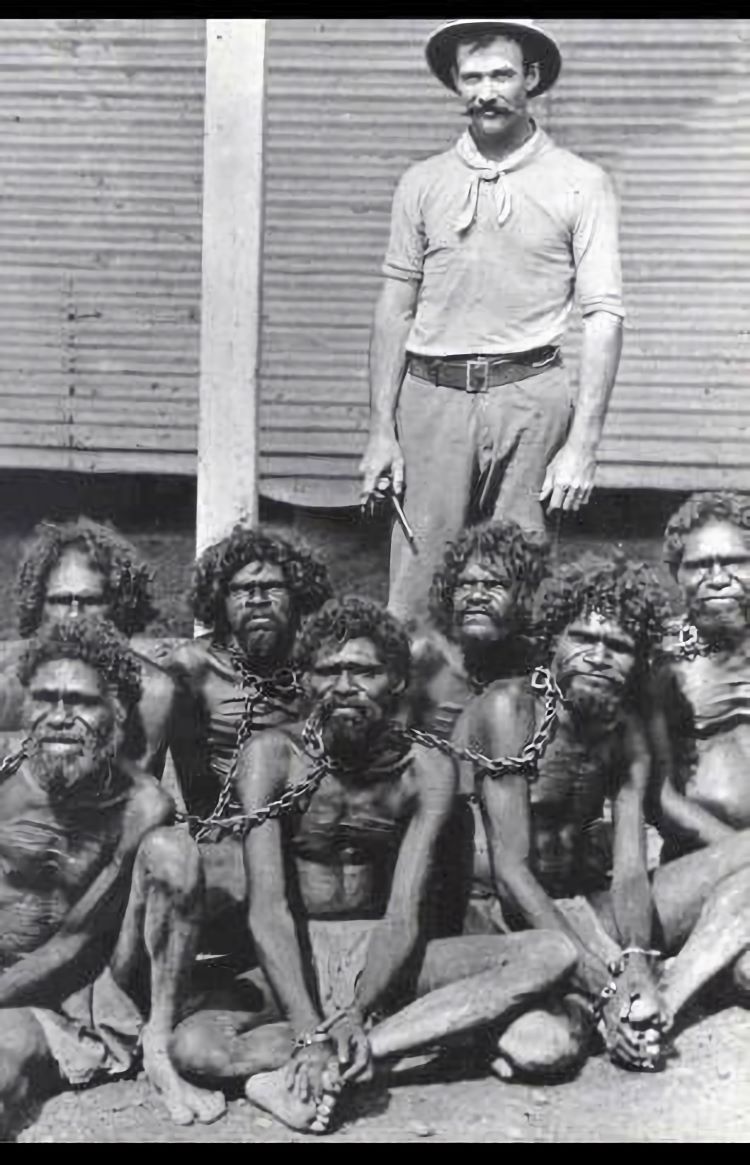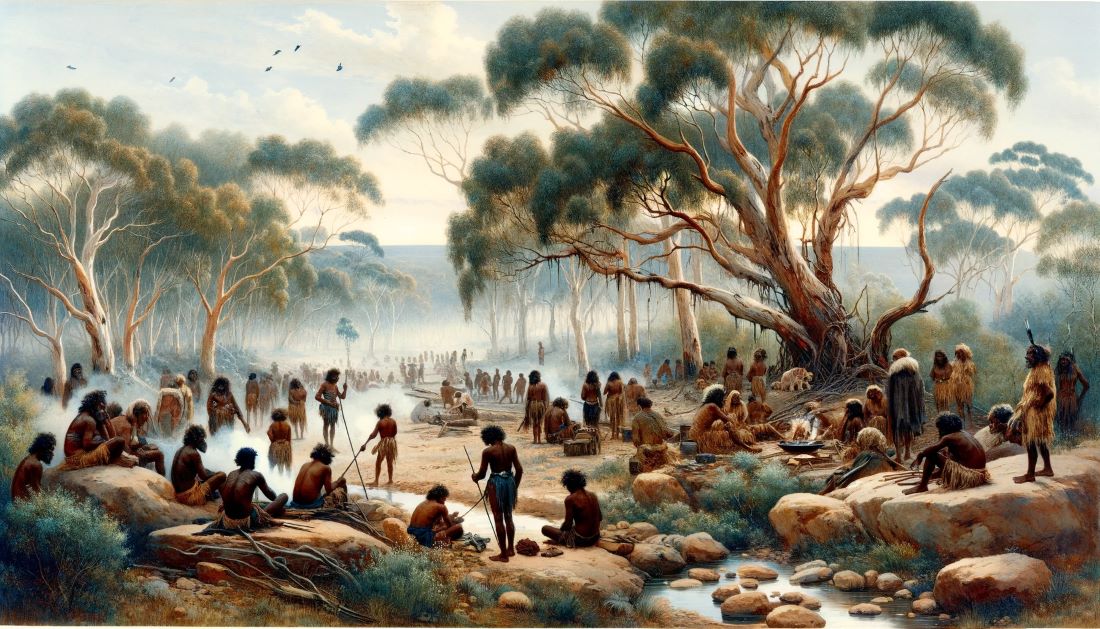Aboriginal peoples have been at the heart of a pivotal and ongoing debate within Australian society, particularly concerning the historical interpretation of their destruction in the 19th and early 20th centuries. This debate grapples with the question of whether these events should be classified as genocide, a sequence of massacres, or perhaps another term that aptly captures the gravity and scale of what occurred. Such discussions are not merely academic; they are integral to understanding how Australia confronts and reconciles with its colonial legacy. By continuously referencing the Aboriginal peoples and their experiences, this discourse seeks to acknowledge their enduring legacy and the profound impact these historical events have had on Australia’s national identity and cultural landscape.
The Roots of the Aboriginal Peoples
The Aboriginal peoples of Australia are not a singular, homogenous group, but rather a diverse collection of distinct tribes, each with their own unique cultures, languages, and traditions. Their roots in Australia are ancient and profound, dating back approximately 65,000 years, making them one of the oldest continuous cultures on the planet. This deep history is woven into the very fabric of the Australian continent, reflected in rich oral traditions, art, and enduring cultural practices that have survived and adapted over millennia.

By the time the first British penal colonies were established in Australia in 1788, it is estimated that there were between 750,000 to 1.2 million Aboriginal people living across the continent. These populations were intricately connected to the land, with sophisticated systems of social organization and sustainable living that had been honed over tens of thousands of years. The arrival of European settlers marked the beginning of a tumultuous and tragic period for the Aboriginal peoples, leading to a dramatic decline in their numbers and a profound disruption of their traditional ways of life.
Frontier Wars
The Frontier Wars in Australia, a series of conflicts between the Aboriginal peoples and European settlers, represent a dark and tumultuous period in the nation’s history. These wars, spanning roughly from the late 18th century to the early 20th century, were characterized by a series of skirmishes, battles, and massacres. They were fueled by land disputes, cultural misunderstandings, and the relentless expansion of European settlement into Aboriginal territories. Among the most notorious incidents were the Myall Creek Massacre of 1838 and the Pinjarra Massacre in 1834, where scores of Aboriginal people were brutally killed. These events are emblematic of the widespread violence that characterized this era.

Estimates regarding the number of Aboriginal people who perished in the Frontier Wars vary, with some historical research suggesting figures ranging from 20,000 to as many as 60,000. Although these numbers are subject to ongoing academic debate, it is widely acknowledged that these conflicts resulted in the tragic loss of thousands of Aboriginal lives. Additionally, the introduction of new diseases by Europeans, to which the Aboriginal peoples had no immunity, had a catastrophic impact. Diseases such as smallpox, influenza, and measles ravaged Aboriginal communities, sometimes decimating entire populations. It is estimated that disease may have been responsible for up to 50% of the total Aboriginal population decline in the years following European settlement. The Frontier Wars, alongside these epidemics, contributed significantly to the drastic reduction of the Aboriginal population, marking a period of profound loss and enduring trauma for Aboriginal communities.
Aboriginal Tasmanians
In the early 19th century, before the onset of British colonization, the indigenous Palawa population in Tasmania was estimated to be between 3,000 and 15,000. The arrival of European settlers marked the beginning of a drastic decline in their numbers. By the year 1835, the situation had become dire, with the surviving full-blooded Tasmanian Aboriginal population reduced to approximately 400 individuals. Many of these survivors were confined in camps, where the majority succumbed, leaving fewer than 50 alive by the late 1840s. This precipitous population decline has sparked significant debate and analysis among historians and scholars.

Was There a Genocide of Aboriginal Peoples in Australia and Tasmania?
The question of whether the treatment of Aboriginal peoples in Australia and Tasmania constitutes genocide is a complex and contentious issue. Historically, the Aboriginal population in Australia, estimated to be between 750,000 to 1.2 million at the time of the first European settlement in 1788, witnessed a dramatic decline over the following century. This decrease was due to a combination of factors, including conflict, disease, and the broader impacts of colonization. In Tasmania, the situation was even more stark, with the indigenous Palawa population plummeting from an estimated 3,000–15,000 to less than 50 individuals by the late 1840s. While some attribute this decline primarily to the introduction of diseases by Europeans, others emphasize the role of conflict and violence, particularly in events like the Black War.

Historians such as Geoffrey Blainey have recognized the devastating impact of disease, warfare, and violence, while Keith Windschuttle has pointed to societal disruptions, including the exploitation of Aboriginal women. Despite these differing perspectives, many genocide scholars, including Ben Kiernan, Colin Tatz, and Benjamin Madley, argue that the events in both mainland Australia and Tasmania fulfill the criteria for genocide as outlined by Raphael Lemkin and adopted in the UN Genocide Convention. This view highlights the multi-dimensional impact of European colonization on the Aboriginal population, encompassing not just physical violence, but also cultural destruction and societal disintegration. The debate over whether these events constitute genocide reflects the ongoing struggle to come to terms with this dark chapter in Australian history, and the need for a nuanced understanding of the varied and profound impacts of colonization on Aboriginal peoples.
Historical Challenge: Can You Conquer the Past?
Answer more than 18 questions correctly, and you will win a copy of History Chronicles Magazine Vol 1! Take our interactive history quiz now and put your knowledge to the test!

